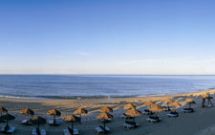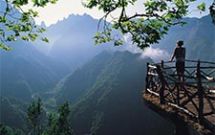Portuguese equestrian art

Classified in 2024 as Intangible Heritage of Humanity, Portuguese equestrian art has both an erudite and a more popular expression, intertwining both functional and artistic dimensions.
The Lusitanian art of riding stands out from other countries' schools because of the riders' outfits and their position in the saddle, the horses' harnesses, and, above all, how they handle the horse. The rider develops an understanding of the animal, seeking and encouraging its cooperation without resorting to the use of force. There is harmony and respect between the rider and the horse. 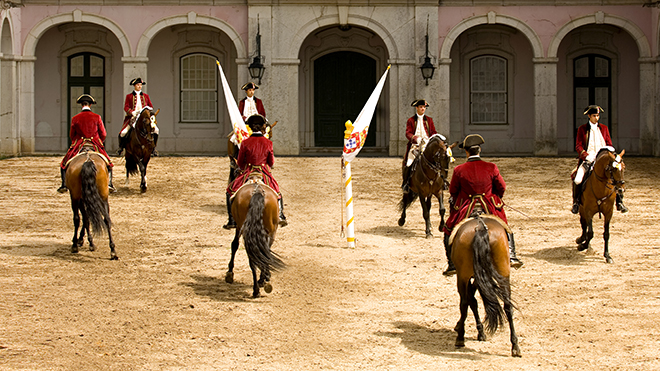
Escola Portuguesa de Arte Equestre © Pedro Yglesias
To fully appreciate this art form, there's nothing like attending a show by the Portuguese School of Equestrian Art. The sessions take place regularly at the Henrique Calado Riding Ring, based in Lisbon, in the Belém area. A show not to be missed during your visit to Portugal.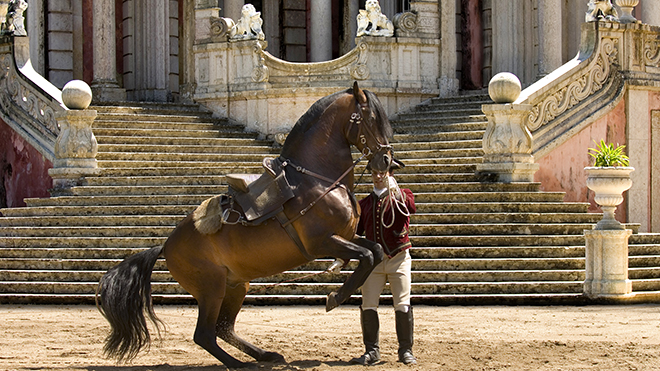
Escola Portuguesa de Arte Equestre © Pedro Yglesias
The horses used are mostly thoroughbred Lusitanos, the oldest saddle horse in the world, which has been ridden for over five thousand years. This is an animal of majestic size and stature, characterised by the braids that breeders usually make in their manes. Most of these animals are bred in Alentejo, at "Coudelaria de Alter" (the Alter Stud Farm) in Alter do Chão, the oldest stud farm in the world to operate continuously in the same location. This is a place well worth visiting to learn more about this noble animal, or even to try some of the equestrian activities on offer. A must-see during a visit is the departure of a herd of over 60 mares, sometimes accompanied by their foals, out into the countryside.
Feira Nacional do Cavalo - Golegã
Throughout the year there are various events and competitions in Portugal where horses are the stars of the show. These include the National Horse Fair, the largest equestrian event in the country, which takes place in November in Golegã, and the Ponte de Lima Horse Fair, which takes place in June/July. These are events not to be missed if you want to learn more about the tradition of Portuguese equestrian art.


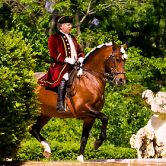
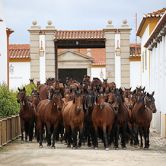


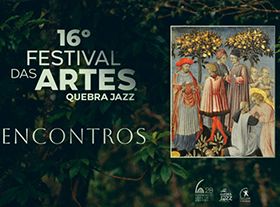
 Explore
Explore 
 Remember and Share
Remember and Share 

